Fastest Ship In JMSDF
“Missile boats” are known to be small, yet highly maneuverable vessels capable of sinking even the largest destroyers through their anti-ship missiles.
As they effectively replaced the once-heavily used torpedo boats, Japan’s Maritime Self-Defense Force (JMSDF) also explored the possibility of acquiring such cost-effective assets to boost coastal defense.
- General Overview
| Displacement | 50 tons (standard) |
| Length | 21.8m (71.5ft) |
| Beam | 7m (23ft) |
| Crew | 11 people |
| Speed | 46 knots (85.2km/h, 53mph) |
| Range | 740km(460 miles) |
| Armament | Anti-Ship Missile×4 20mm Cannon×1 |
| Unit Price | 50 million USD |
Initially, JMSDF aimed to replace its outdated torpedo boats with missile boats in the 1970s, only for the plan to be postponed in the wake of the oil shock. The second attempt was made in the 1980s, resulting in the first JMSDF missile boats, the “1-Go-class (Type 1),” with a total of three vessels commissioning in the 1990s.
The most significant feature of the 1-Go-class is the adoption of the “hydrofoil” technology. This basically lifted the hull by attaching “fins” underneath, thereby diminishing water resistance and enabling the ship to travel at an exceptionally high-speed.
Thanks to this hydrofoil feature, the 1-Go-class could perform a top speed of 46 knots (53mph), a record unmatched by any other JMSDF vessel to this day.
The achievement of such velocity can be attributed not only to the hydrofoil technology, but also to the ship’s lightweight, mostly achieved by the extensive use of aluminum alloy.
This aspect, along with the basic design of the ship itself, was the result of JMSDF selecting the Italian Navy’s “Sparviero-class” missile boats as reference, making them almost identical.
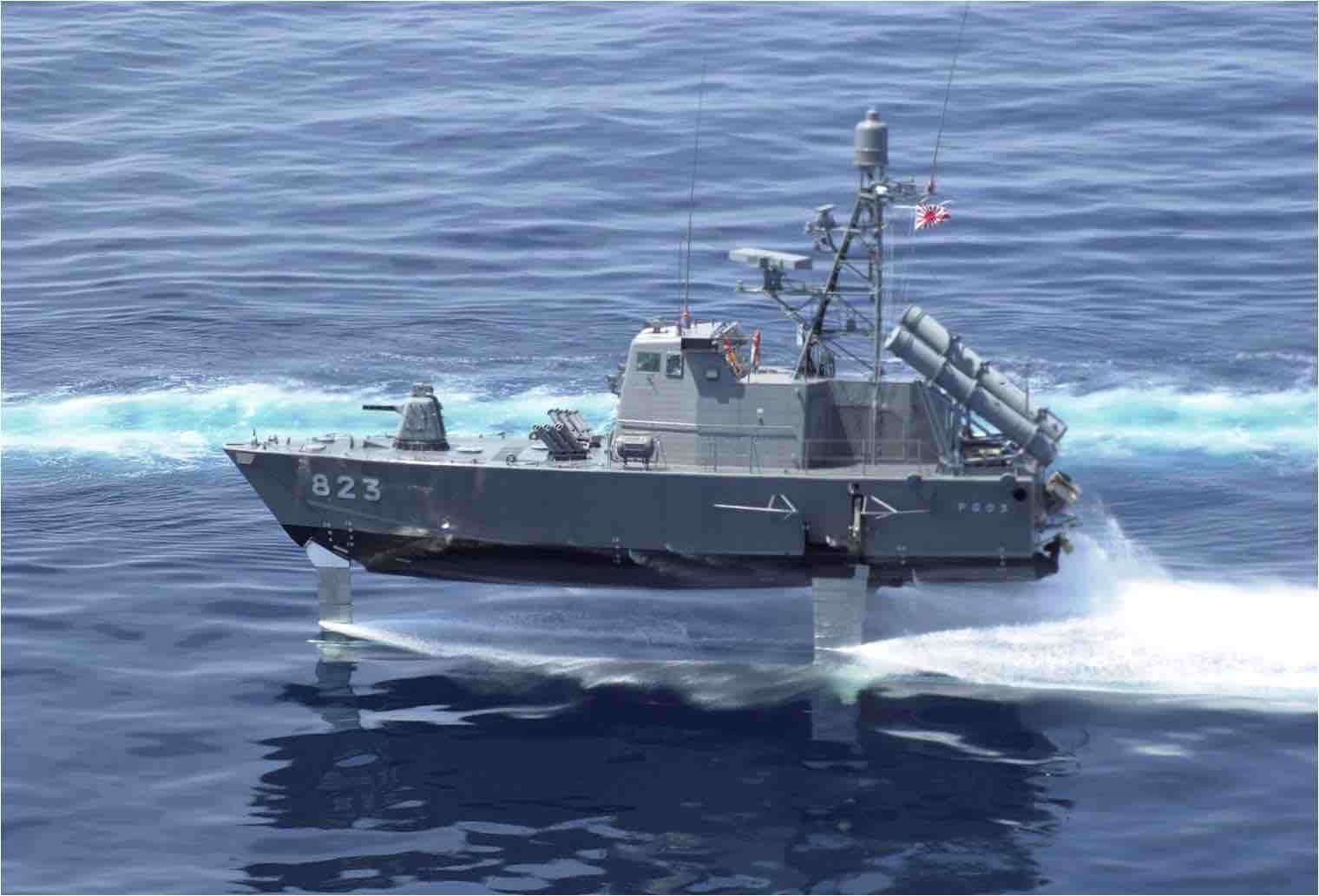 1-Go-class missile boat (photo: JMSDF)
1-Go-class missile boat (photo: JMSDF)
In contrast to its small size, the 1-Go-class packed quite a punch by having four Type 90 anti-ship missiles on board. The fact that a small boat was equipped with four anti-ship missiles whereas most JMSDF destroyers typically carried around six to eight was noteworthy.
From the adversarial standpoint, these small and fast boats were not only difficult to spot, but were also menacing since they could suddenly unleash a salvo of anti-ship missiles.
Other armament included the remotely-controlled 20mm cannon, but this was primarily for shooting warning shots against suspicious vessels or spy ships. When pursuing maneuverable vessels such as North Korean spy ships, missile boats were more suitable for the job than the standard destroyers.
Moreover, despite their small size, the missile boat was installed with information sharing systems, allowing them to coordinate with P-3C patrol planes during operations.
Too Small For Operations
Although the 1-Go-class marked the JMSDF’s entry into missile boat operations, they came with significant flaws which rendered the ships inconvenient.
Shortly after entering service, the hull strength turned out to be somewhat inadequate for operating in the rough seas of the Sea of Japan, especially during the winter season.
Adding to this shortcoming was the challenge of maintaining the ship’s stability at sea. With heavy missiles mounted on a small 50-ton ship, this led to stringent weight restrictions in order to prevent any capsizing. Consequently, living conditions for the crew were far from comfortable, with basic supplies and amenities kept to a bare minimum.
Since frequent replenishment was required, the missile boat was unfit for any prolonged operations, limiting the maximum voyage to around two or three days.
Such heavy reliance on resupply necessitated the pre-deployment of maintenance and supply units at nearby ports, which made ground support units to deliver food and water by trucks to remote areas.
Due to these inconvenient features, the 1-Go-class missile boat was only used for about 15 years, but their short-lived deployment served as an experiment, with the lessons reflected in the subsequent “Hayabusa-class” missile boats.
For instance, the Hayabusa-class were upscaled both in size and capability, reducing reliance on ground support and enabling independent operations. Thus, while the 1-Go-class could not live up to its expectation, the boat certainly contributed in providing valuable insights for future development.


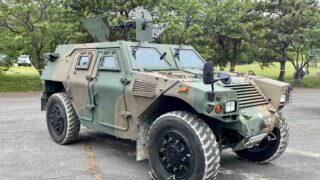
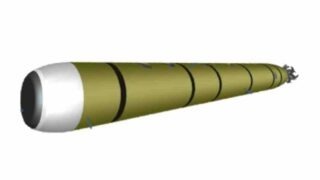
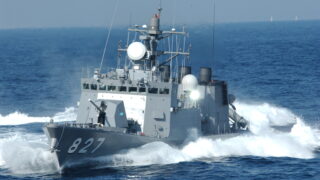
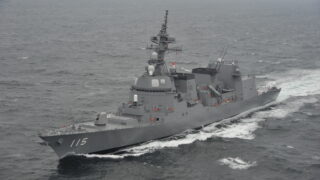

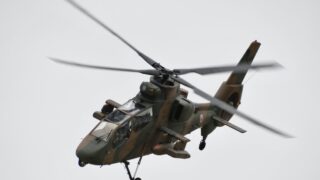
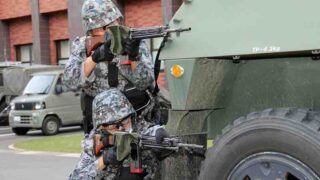
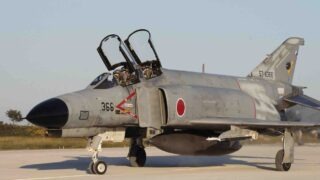
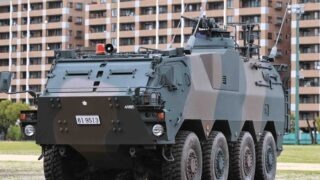
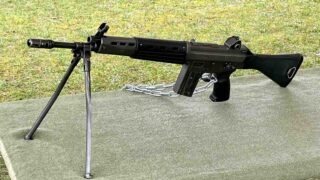

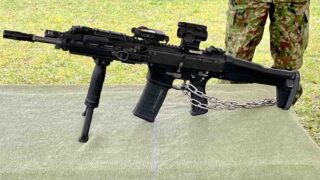


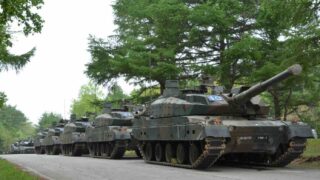
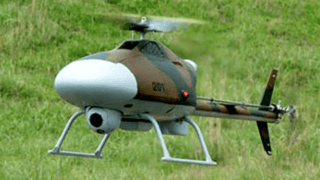
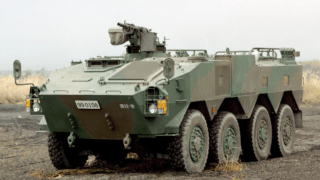

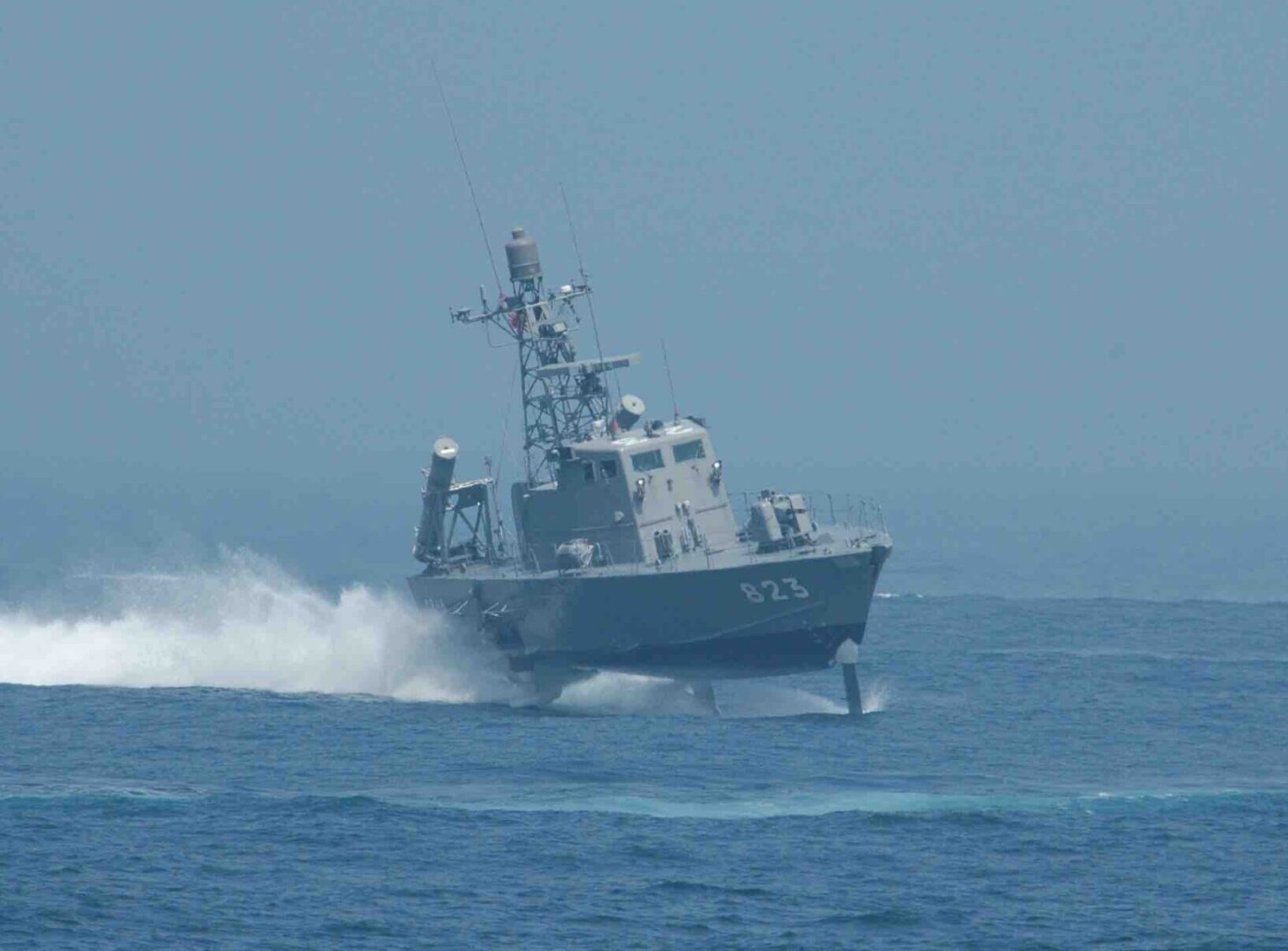
Comments